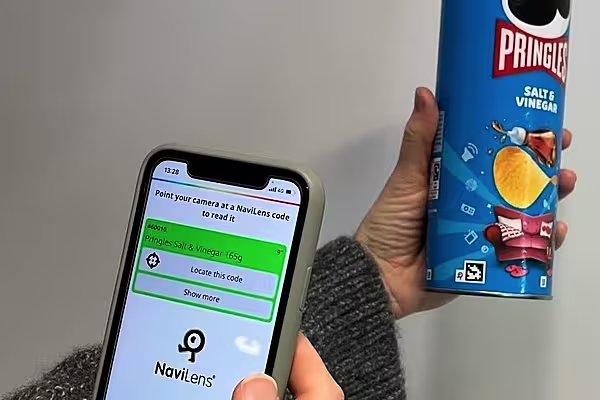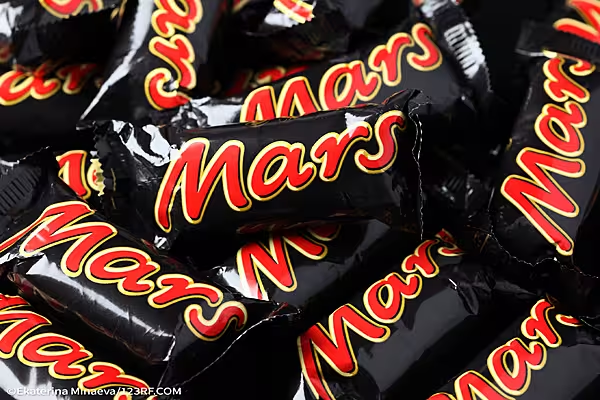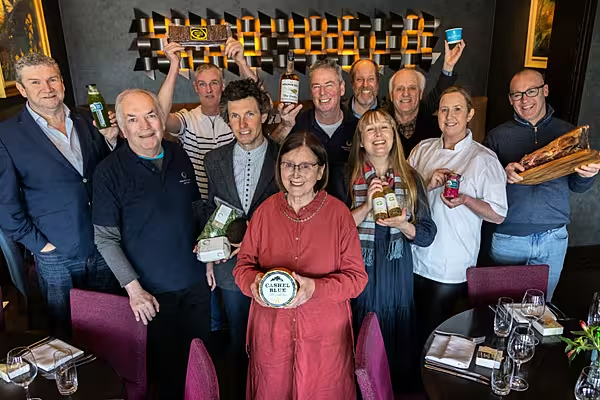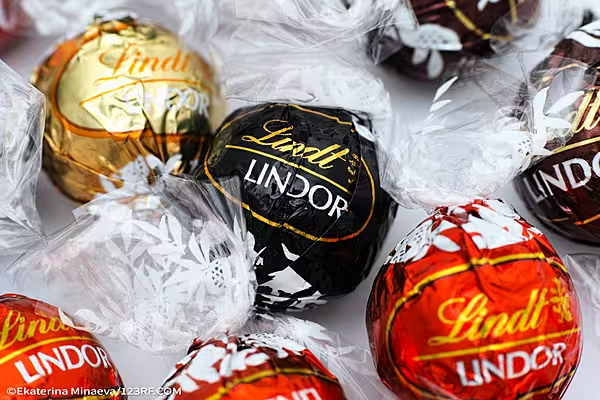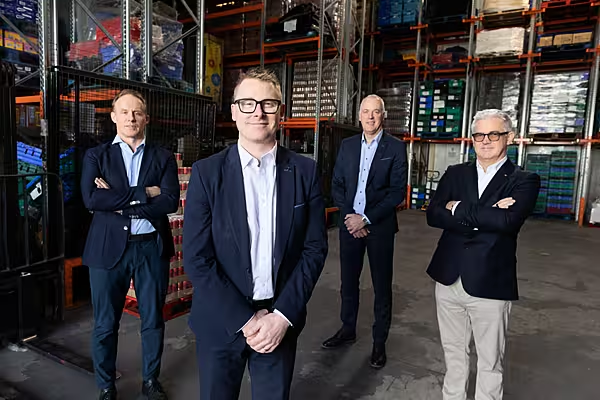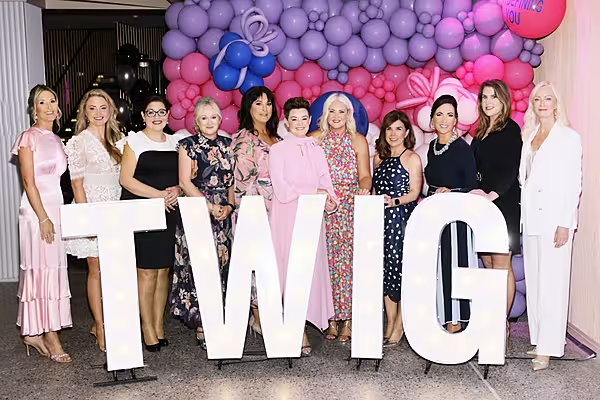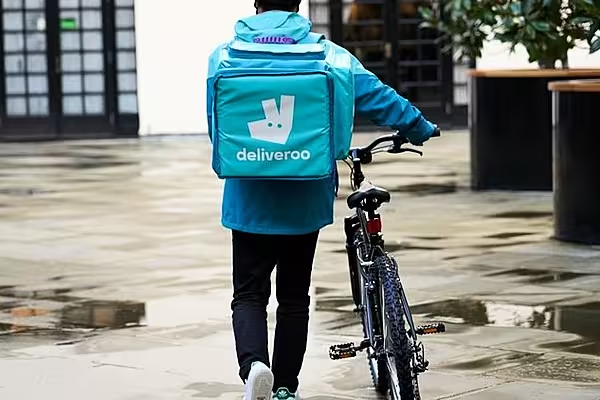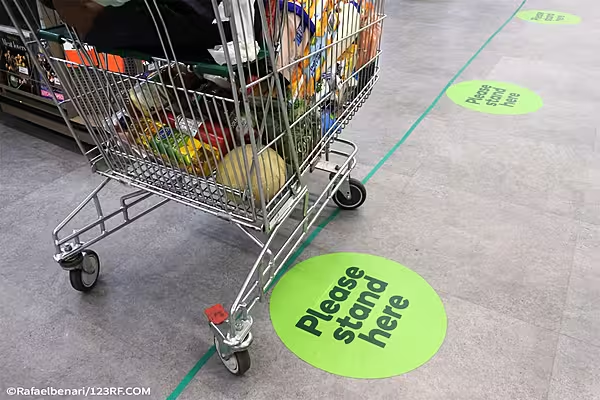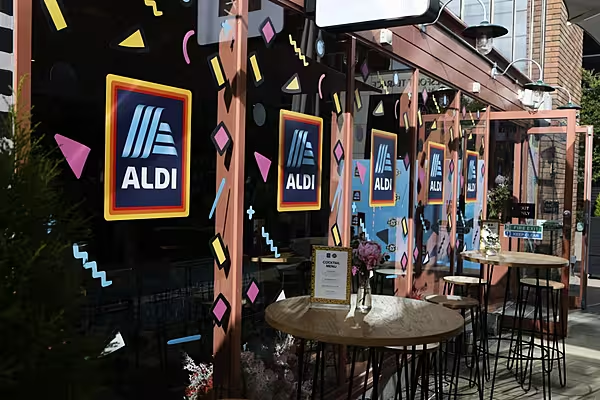Pringles has announced that it will add NaviLens technology to its cans in Ireland, to make them more accessible to blind and partially sighted people.
The snack-and-cereal giant noted that the new packaging will allow a smartphone to easily detect the unique on-pack code and play back labelling information to the shopper with sight loss.
NaviLens will first appear on some Pringles varieties from 1 November, with the full roll-out to be completed by the end of 2024, the company noted.
Kellanova
The move from Kellanova – the new name for the company that owns Pringles and Kellogg’s – comes after the success of the addition of NaviLens to Kellogg’s brands in 2022, appearing on over 750 cereal boxes.
Many other brands have since followed Kellogg’s lead, with NaviLens technology now appearing on numerous well-known products.
Pete Matthews, design director, Kellanova, said, “Following the success of adding NaviLens to our cereal packaging last year, we are now really pleased to feature this technology on our iconic Pringles cans.
“This provides equal access to important information on pack and enables blind and partially sighted people to shop independently for their favourite Pringles flavours.
“We were the first food company in the world to use NaviLens on packaging and have been delighted to see many global brands follow our lead. It continues our movement for inclusive design and helps fulfil our purpose, to ‘create a place at the table for everyone’.”
Idea Inspiration
Kellanova noted that the idea came after the company met with pupils from St Vincent’s – a specialist school in Liverpool for children with sensory impairment – in 2019.
It was the pupils’ insight that inspired the business to look for solutions to make its packaging more accessible.
Important information, such as that about allergens, can often only be found in the small print, making it impossible for blind or partially sighted people to read.
This solution came in the form of the NaviLens code, which allows smartphones to pick up the on-pack code from up to three metres’ distance when a shopper points his/her/their device in the direction of the product.
The user does not need to know exactly where the code is located to scan it.
When the phone senses the NaviLens code, it is alerted.
From here, the shopper can choose to have ingredient, allergen and recycling information read aloud, as well as reading it on the device, using accessibility tools.
